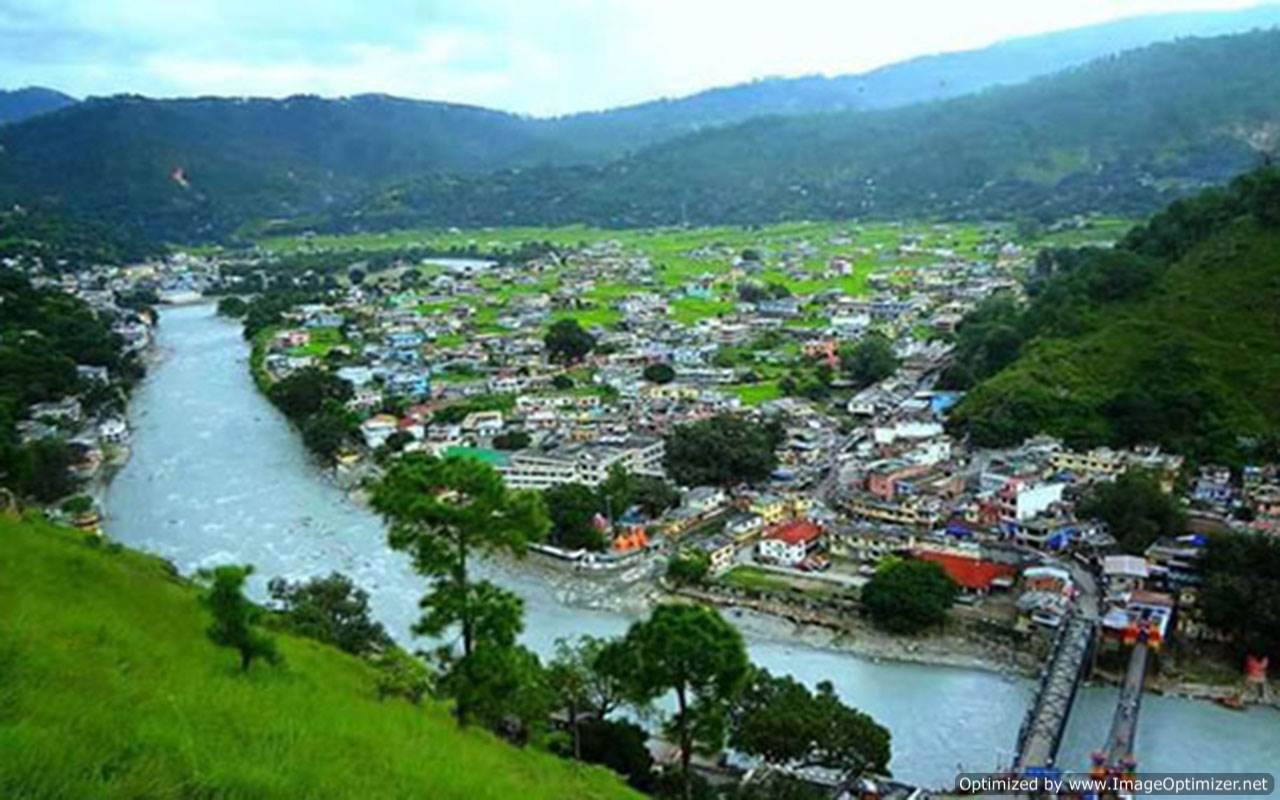The city of Bageshwar decked on the convergence of Saryu and Gomati rivers and is positioned at an altitude of 1004 meters from the sea level with several prominent temples devoted to various Gods and Goddesses in the propinquity of Bageshwar. Bageshwar is a place of tremendous spiritual and historic significance. The lofty mountains of Bhileshwar and Nileshwar are flecked on the east and west side of Bageshwar, while the north and south are manifest by the Suraj Kund and Agni Kund respectively.
Bageshwar is located at a distance of 470 km from New Delhi and 332 km from the State Capital Dehradun. Bageshwar is acknowledged for its scenic beauty, glaciers, rivers and temples. Being the current administrative headquarters of Bageshwar district, Bageshwar town was a chief market between Tibet and Kumaun, and was frequented by the Bhotia traders, who exchanged Tibetan wares, wool, salt and Borax in barter for carpets and other local produces.
The city is of great religious, historic and political consequence. Bageshwar finds mention in various puranas, where, it has been connected with Lord Shiva. The Uttarayani fair held once a year in Bageshwar used to be visited by roughly 15,000 people in the first half of the twentieth century, and was the largest fair of Kumaon division. The fair became the epicenter of the Coolie Begar Movement in January 1921.
The city and Bagnath Temple find mention in the Manaskhand of Shiva Purana, where it is written that the temple and its surrounding city was built by Chandeesh, a servant of the Hindu deity Shiva. According to another Hindu Legend, Sage Markandeya worshipped Lord Shiva here. Lord Shiva blessed sage Markandeya by visiting here in the form of a Tiger.
